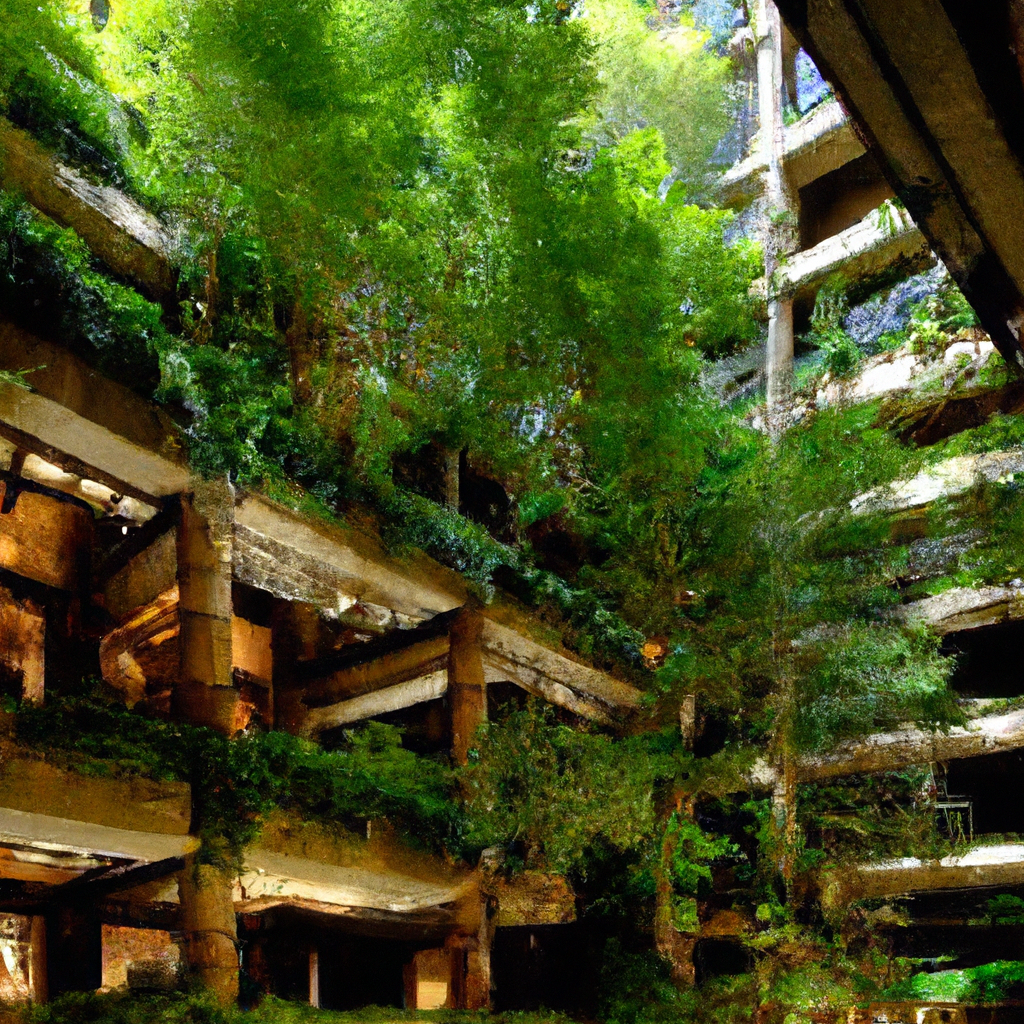Imagine stepping into a world where buildings come alive, where walls can grow, roofs can breathe, and structures can adapt to their environment. This is the world of Living Architecture – a revolutionary concept that combines biology and construction to create buildings that not only serve as functional spaces, but also interact with and respond to their surroundings. In this article, we will explore the fascinating world of Living Architecture and delve into the incredible potential it holds for creating sustainable, dynamic, and harmonious spaces. Get ready to be amazed as we discover the future of building design and witness the birth of a new era in architecture.
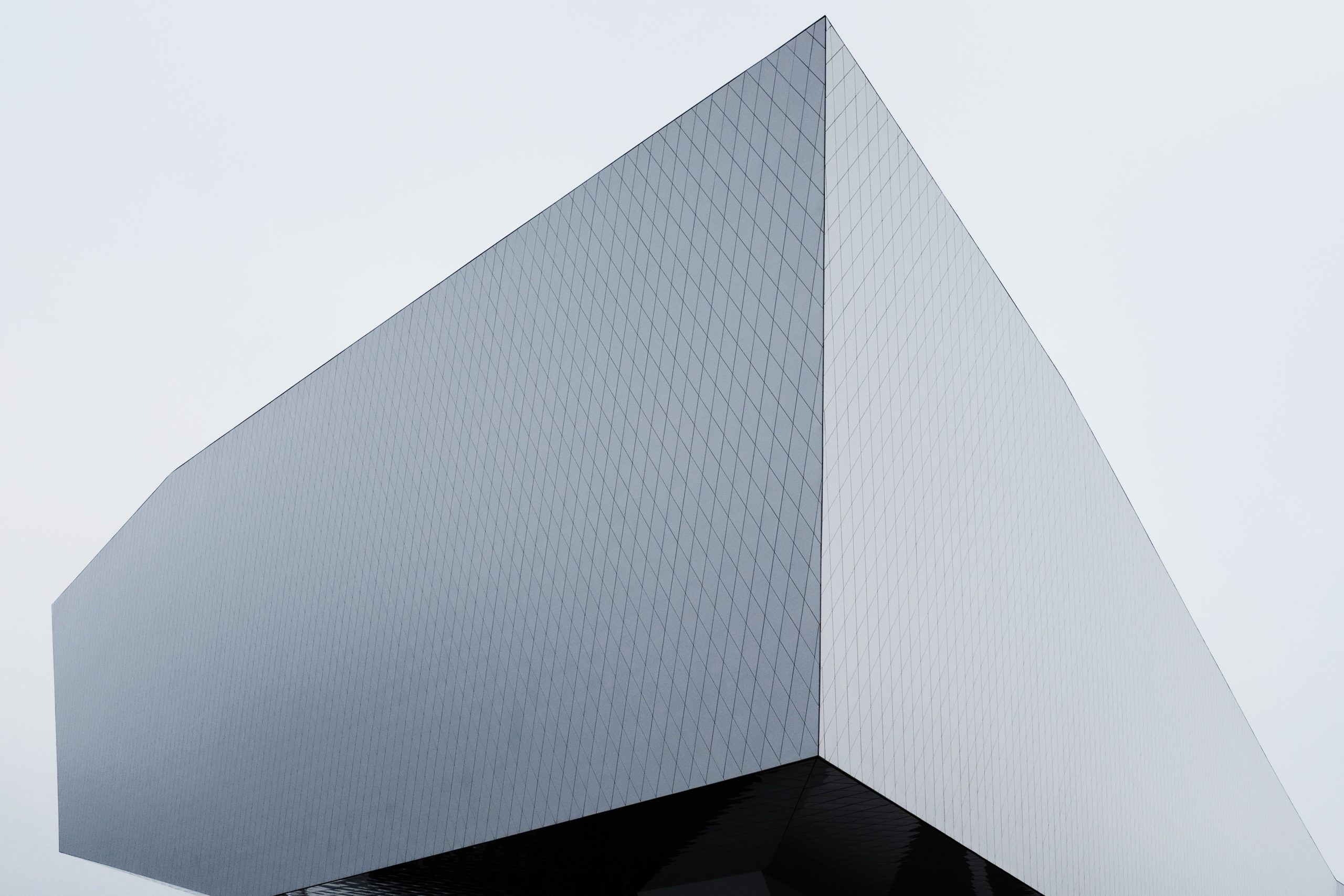
1. Introduction
Living architecture refers to the incorporation of living elements, such as plants and organic materials, into the design and structure of buildings. It goes beyond traditional architecture by creating a symbiotic relationship between nature and the built environment. This innovative approach transforms buildings into living organisms that can grow, breathe, and adapt over time. The importance of living architecture in the built environment cannot be overstated. It not only enhances the aesthetic appeal of cities but also provides numerous environmental, health, and economic benefits.
2. The Concept of Living Architecture
Living architecture is a groundbreaking concept that merges the natural and built environments. It involves the integration of various living elements, such as green roofs, living walls, and vertical gardens, into the design of buildings. These elements enable the cultivation of plants and other organic materials, creating a dynamic and ever-evolving structure. Living architecture is characterized by its ability to interact with and respond to the surrounding environment. It not only enhances the biodiversity of urban areas but also improves the overall quality of life for inhabitants.
Examples of living architecture include the Bosco Verticale in Milan, Italy, which features a pair of residential towers covered in more than 900 trees and 20,000 shrubs. This vertical forest not only acts as a natural air filter but also provides a habitat for birds and insects. Another example is the Singapore Changi Airport Jewel, a stunning fusion of greenery and modern architecture. It houses a large indoor garden, a waterfall, and over 200 species of plants, offering travelers a vibrant and refreshing experience.
3. The Benefits of Living Architecture
Living architecture offers a wide range of benefits, making it a crucial component of sustainable urban development. Firstly, it provides significant environmental benefits. The presence of green roofs and living walls helps to mitigate the urban heat island effect, reducing energy consumption for cooling buildings. These living elements also absorb and filter air pollutants, improving overall air quality. Moreover, they act as natural rainwater filters, reducing the risk of flooding and water pollution.
Apart from environmental benefits, living architecture positively impacts human health and well-being. Green spaces within buildings have been proven to reduce stress, enhance mood, and improve cognitive function. Exposure to plants and nature has a calming effect on individuals, promoting relaxation and mental well-being. Additionally, incorporating green elements into the built environment can encourage physical activity, leading to better overall fitness and reduced rates of chronic diseases.
Economically speaking, living architecture has several advantages. Green roofs and living walls increase the energy efficiency of buildings, resulting in lower energy bills for inhabitants. They also provide additional insulation and noise reduction, enhancing the overall comfort of indoor spaces. Moreover, the presence of living architecture can increase property values, attracting potential buyers and tenants. Additionally, green spaces within buildings have been shown to improve employee productivity and satisfaction, leading to higher retention rates for businesses.
4. Types of Living Architecture
Various types of living architecture can be implemented to transform buildings into sustainable and eco-friendly structures.
-
Green roofs involve the cultivation of vegetation on the roofs of buildings. They provide insulation, absorb rainwater, reduce stormwater runoff, and create habitats for birds and insects.
-
Living walls, also known as vertical gardens or green walls, are vertical structures covered in living plants. They improve air quality, regulate temperature, and act as noise barriers.
-
Green facades are similar to living walls but are often installed on the exterior of buildings. They enhance biodiversity, reduce air pollution, and offer thermal benefits.
-
Vertical gardens refer to the cultivation of plants on vertical surfaces, such as walls or freestanding structures. They can be implemented both indoors and outdoors, providing aesthetic appeal and improving air quality.
-
Living bridges are unique structures that incorporate living elements across a waterway or gap. They not only provide a crossing for people but also create habitats for aquatic and terrestrial organisms.
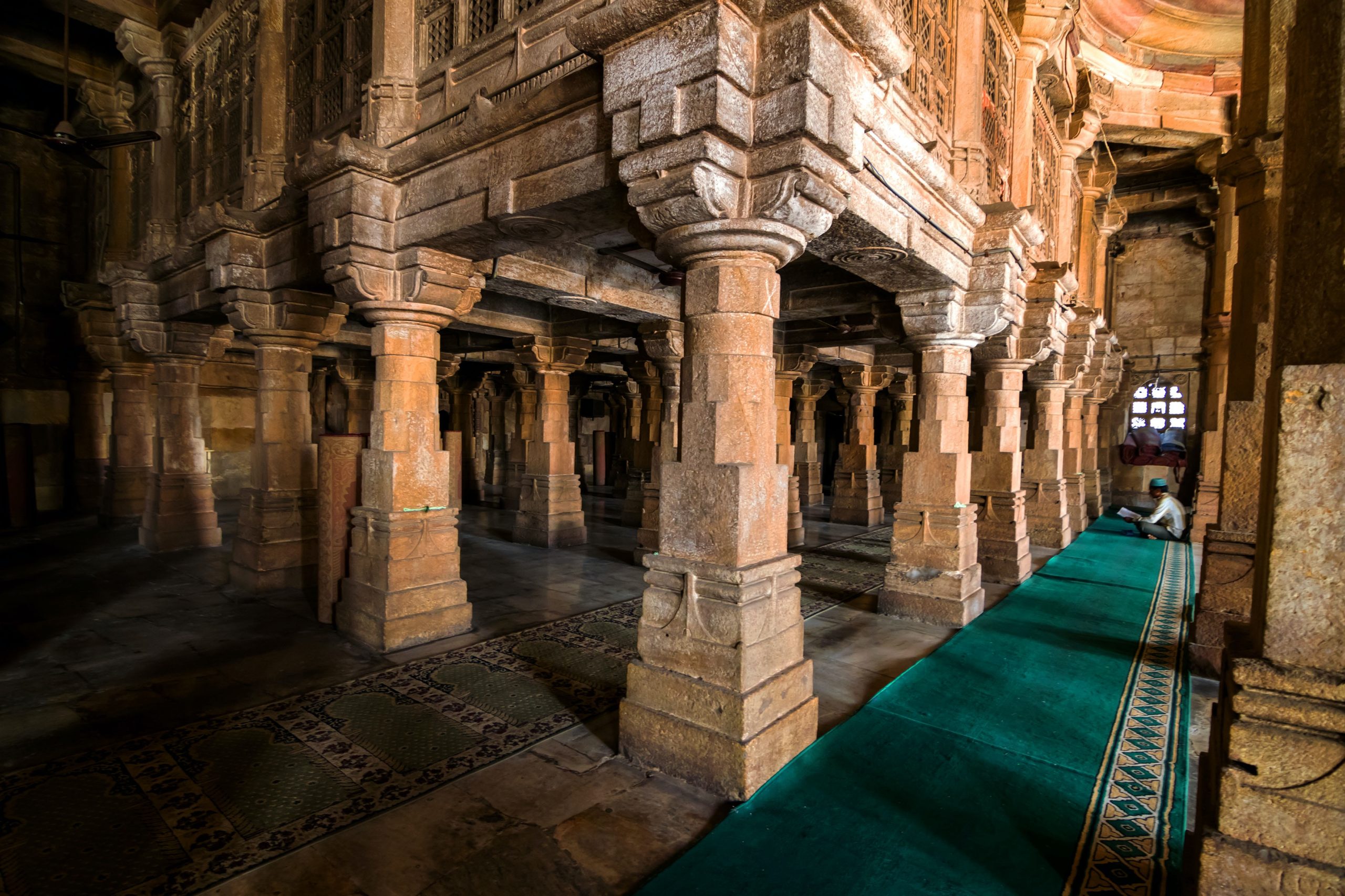
5. Challenges and Limitations
While living architecture offers numerous benefits, it also presents certain challenges and limitations. One of the main challenges is the maintenance and upkeep required for these living elements. Regular watering, pruning, and nutrient replenishment are essential to ensure the health and longevity of the plants. Without proper maintenance, the living architecture may become overgrown, leading to structural damage and potential safety hazards.
Another consideration is the structural requirements of living architecture. The weight of soil, water, and plants can significantly increase the load on a building. Proper engineering and design are necessary to ensure that the structure can support the additional weight. Structural reinforcement and waterproofing measures may need to be implemented during the construction phase, adding to the complexity and cost of the project.
Cost implications are another limitation of living architecture. The initial installation and maintenance costs can be higher compared to traditional building methods. However, it is important to consider the long-term benefits and cost savings that living architecture can provide. Lower energy bills, increased property values, and improved health outcomes offset the initial investment over time.
6. Case Studies
Several notable case studies highlight the successful implementation of living architecture around the world.
The Bosco Verticale in Milan, Italy, is a striking example of living architecture. Consisting of two residential towers covered in vegetation, it has become a symbol of sustainable urban living. The towers are home to more than 900 trees and 20,000 shrubs, providing a lush green landscape in the heart of the city. The Bosco Verticale not only improves air quality but also creates a microclimate that reduces energy consumption.
The Singapore Changi Airport Jewel is another remarkable project that showcases living architecture. The Jewel is a multi-use complex that features a stunning indoor forest, complete with a 40-meter waterfall. Over 200 species of plants thrive in this lush environment, creating a tranquil and rejuvenating space for travelers. The integration of nature within a bustling airport terminal not only enhances the passenger experience but also promotes sustainability.
The Nanyang Technological University School of Art, Design, and Media in Singapore is a noteworthy example of incorporating living architecture into educational institutions. The building is adorned with green facades, vertical gardens, and rooftop gardens, creating a harmonious blend of nature and creativity. Students and faculty can enjoy the benefits of green spaces while enhancing their learning and creativity.
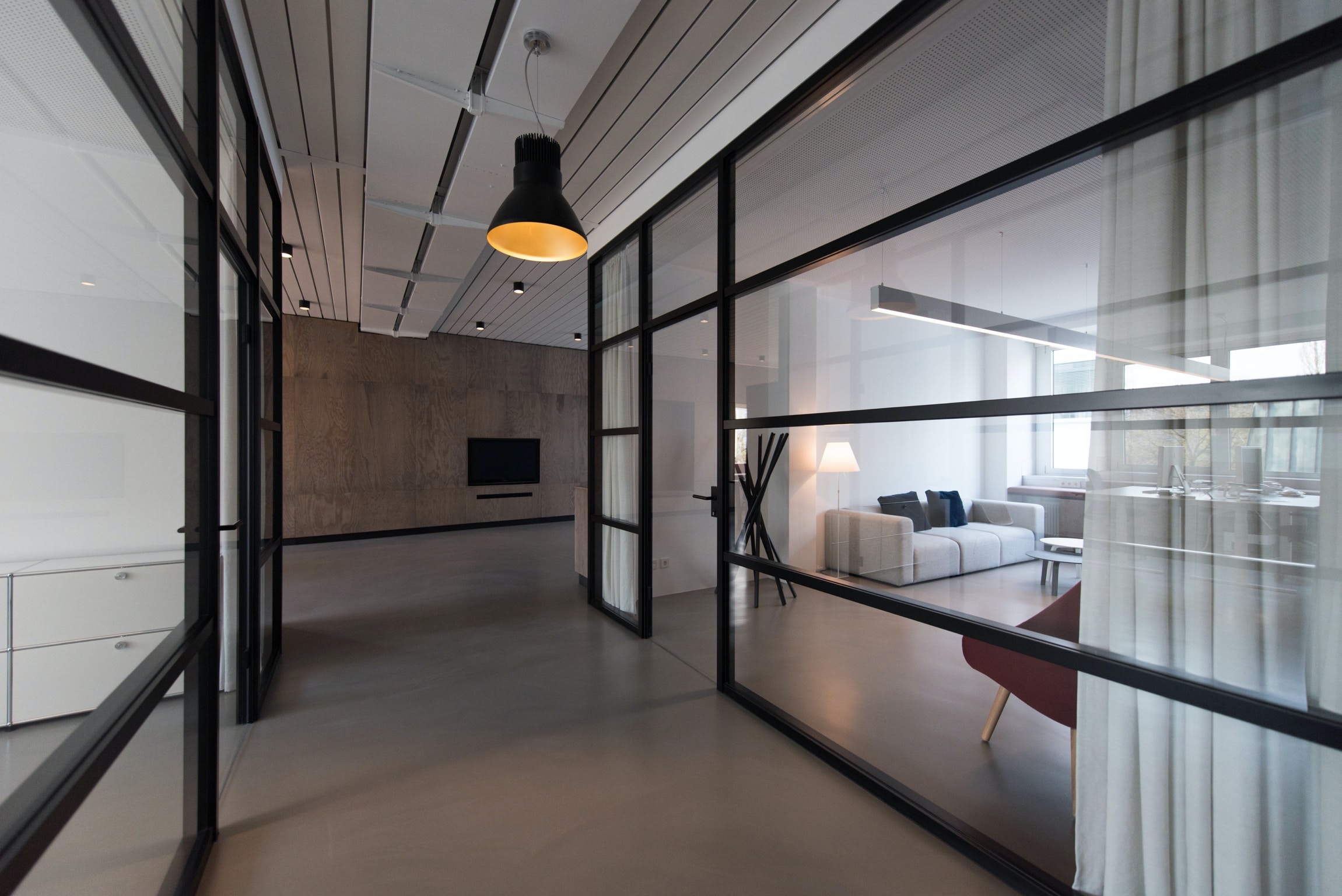
7. The Future of Living Architecture
The future of living architecture is promising, with technological advancements and the integration of smart cities. Green infrastructure is becoming increasingly sophisticated, with innovations such as automated irrigation systems and sensor-based monitoring. These technologies make it easier to maintain and manage living architecture, minimizing the maintenance burden.
The integration of living architecture with smart cities is another exciting prospect. By incorporating sensors and data analytics, buildings can adapt and respond to changes in the environment. For example, living architecture can be designed to open or close its foliage based on weather conditions, optimizing energy efficiency. Additionally, smart cities can leverage the data generated by living architecture to improve urban planning and design, leading to more sustainable and livable communities.
8. Conclusion
Living architecture is a transformative concept that has the potential to revolutionize the built environment. Its integration of living elements into buildings provides numerous benefits, from improving air quality and mitigating climate change to enhancing human health and well-being. While challenges such as maintenance, structural considerations, and initial costs exist, the long-term benefits outweigh these limitations. Case studies such as the Bosco Verticale and Singapore Changi Airport Jewel demonstrate the successful implementation of living architecture in various contexts.
As we move towards a more sustainable future, living architecture will play a crucial role in shaping our cities. Technological advancements and the integration with smart cities will further enhance the functionality and efficiency of living architecture. It is important to continue exploring and implementing this innovative approach in order to realize the full potential of living architecture in creating greener, healthier, and more vibrant urban environments.
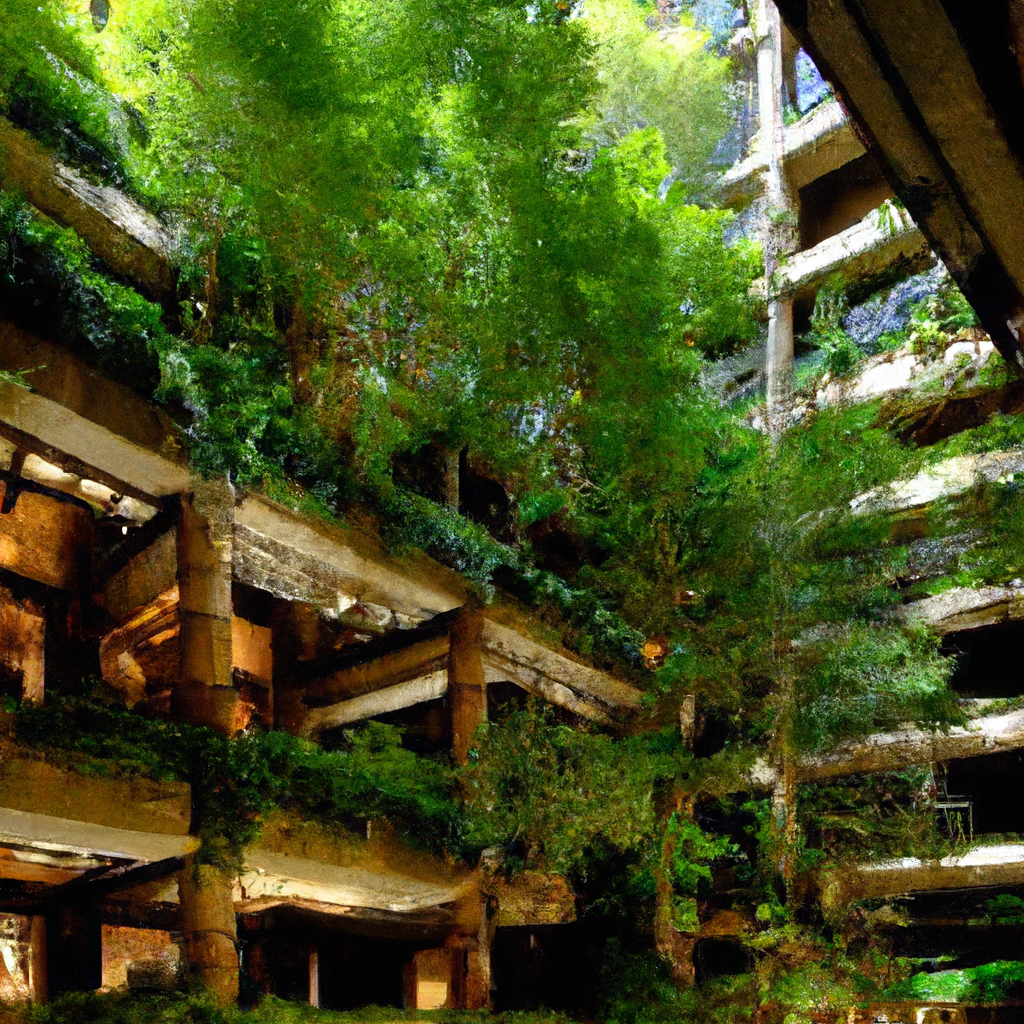
9. References
- “Living Architecture: Buildings That Grow, Breathe, And Adapt” by Lucía Sanromán, ICosa Magazine
- “Bosco Verticale” by Stefano Boeri Architetti
- “The Jewel Changi Airport” by Safdie Architects
- “NTU School of Art, Design, and Media | Singapore” by Heatherwick Studio






